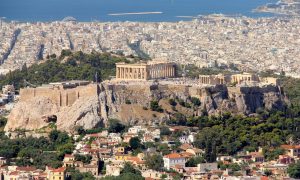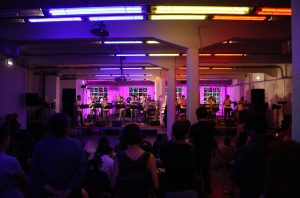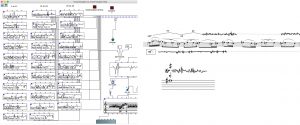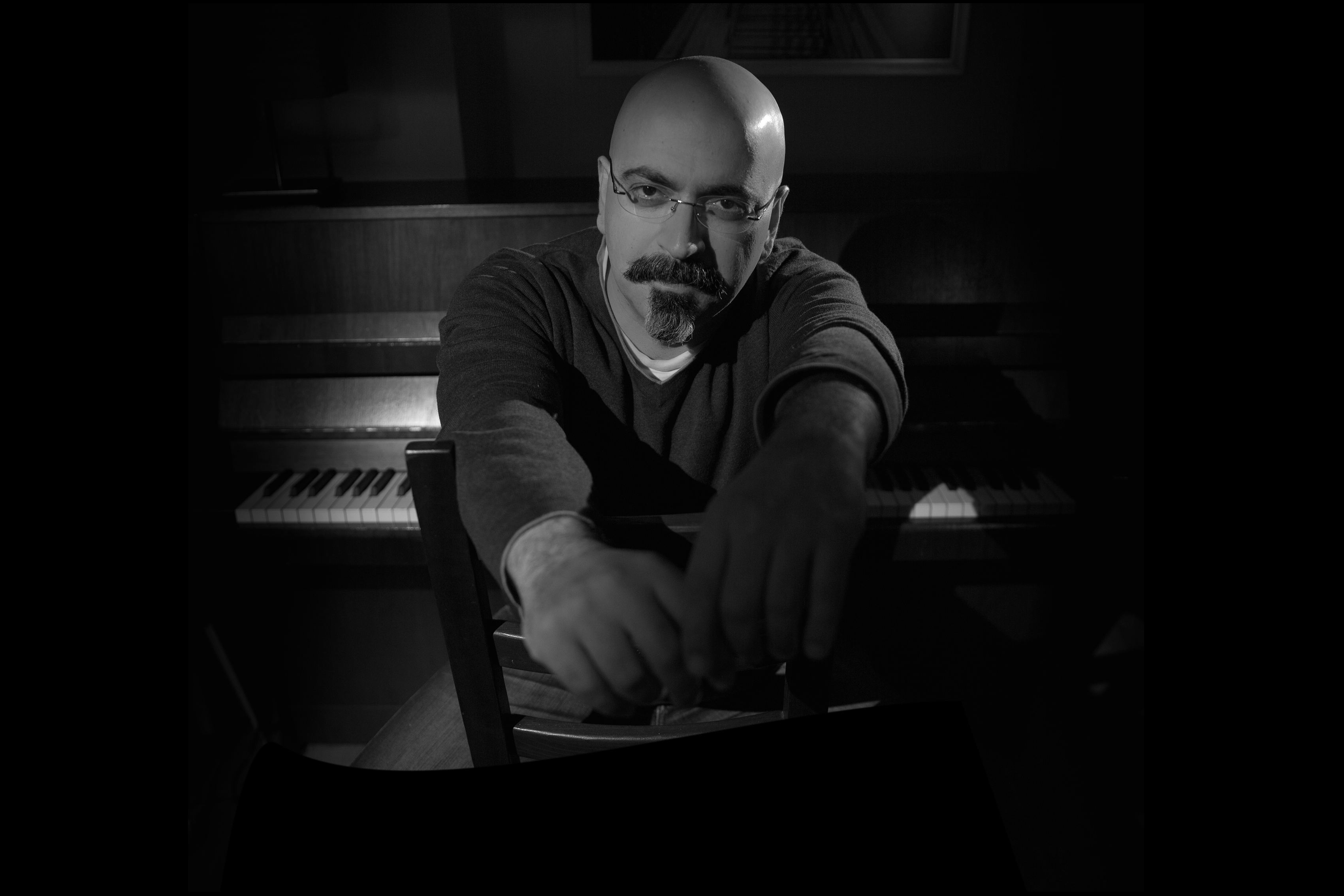Imaginary Neighborhoods of Athens (2018)
When I was asked by Onassis Cultural Center to write a piece on city center soundscapes of Athens, the immediate thought was to record particular soundscapes of various neighborhoods and to use them as a model to generate musical parameters.
This idea contained a lot of questions in itself: How does one define a neighborhood? What defines a neighborhood? What are our preconceived and/or misconceived sets of thought, when we even attempt to do so?
In mathematics, the set of points whose distance from a given point is less than (or less than or equal to) some value constitutes a neighborhood. But when it comes to a city, there are various parameters that make up a neighborhood. One takes in all the aspects, i.e., geographical, social, economical, political, visual, sonic and so on, to have an image of a neighborhood.
When it comes to soundscapes, it is even harder to leave out some sounds, to include others to set up a model for composition. When I had to make a choice, I have realized that we already make deliberate choices about what to listen to in a soundscape; there are sounds we tend not to hear, there are some we favor over others, some we don’t like. So I choose the meat market soundscape as a driving force, as a model for my composition. The reasons are many but here are some of them:
The meat market (also the fish market) forms a sonic system, an acoustic ecology where one hears a sonic dispersion, diversion, collision of forces and motions. Those forces and motions transmitted through the voices of merchants into a constant energy flow via amplitudes and timbres that are omnipresent in that specific space.
It is an acoustic economy of offer, presence, survival, attraction and persistence. An emergent system of survival but also of a hidden lust: the goal is not only to survive above the noise floor within the ecology but also to attract. The voices identify and frame that particular acoustic ecology, which in its turn exemplifies a co-dependent relationship of survival as well as a form of solidarity, competence, and competitiveness.
The voices’ acoustic and spectral energy are the basis for local musical events (micro-form) but also for temporality of various sections of the composition (macro form). I have to clarify one thing in particular: the voice models are not used as mimetic elements, there is no instrumental synthesis, there are no transcriptions of the models with instruments and/or electronics. Instead, I treat them as self-contained material in-itself and for-itself, establishing relations via their diverse forms, features and morphologies.
So the voice models’ energy are transliterated into what I call “Energy Morphemes.”
Those Energy Morphemes are little abstract dynamic gestures, distilled from the meat market voices’ dynamism, they become exciters for different contexts, “transmorphing” their containers while changing them at the same time. Sometimes they work as rhythmic profiles, sometimes as horizontal profiles, timbral fluctuations, dynamic fluctuations; sometimes as electronic shadows, as a reminder, a trace of their original energy, serving as guidelines for improvisatory forces.
And of course, there are transitions, collages, juxtapositions, bursts of energy, interruptions, ruptures…
Imaginary Neighborhoods of Athens reimagines Athenian neighborhoods via overlapping layers of “sound communities.” It is an open question on
“How to survive
within/with/next to/throughout/through/over/under/around/above/below
your neighborhood ?
your neighbors ?”
Tolga Tüzün



